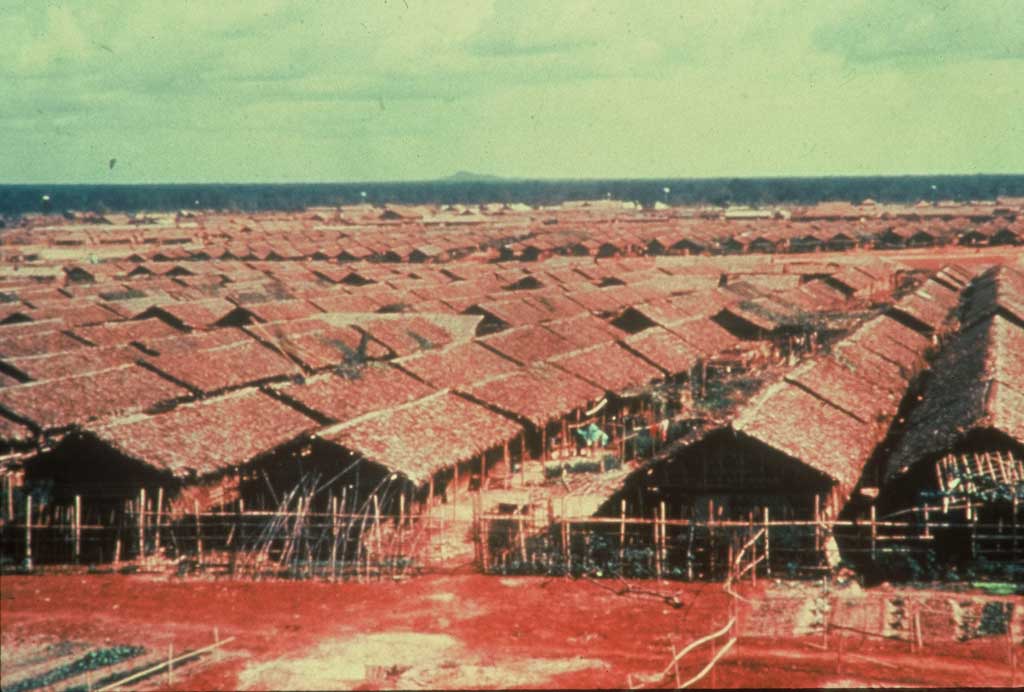Colette Masunaga
ASA150E
Week One Post
For week
one of ASA 150E, we read three articles on the historical backgrounds various
peoples and nations in Southeast Asia. What struck me to be the most
interesting was the article by Gary Yia Lee and the question of origin with
regards to the Hmong people. I never
knew whom the Hmong people were till I moved to the mainland US and to
Sacramento. Even while I lived in
Thailand I had spent time with the Karen People, one of the Hill Tribes in
Northern Thailand, but not the Hmong. The different aspects of Hmong culture,
that diasporic groups keep with them was interesting to read about as
well. The debate in regard to the
umbrella term “Miao” and origins of the Hmong people is something to
contemplate as well. While each group of
people under the term has their own histories and view with regards to origin
and ancestors, the Hmong outside of China seem to have strong resentment to the
term. The complications that develop from having general terms to identify
people are not new to the US. I immediately thought about the Native Hawaiian
community and the struggles it faces in the greater American public when such
terms as “Asian Pacific Islander” or “Asian Pacific American” are used in the
common rhetoric with regards to minority coalitions, politics, etc.
Here is a link to the PBS Documentary called, "The Split Horn" which looks at the Thao family, shamanism and the Hmong Culture.
Week Two Reading
In the
reading by Aihwa Ong, Buddha is Hiding,
chapter one and chapter two describe the experiences of refugees in the
Cambodia during the “Pol Pot” period, the Khmer Rouge, and the conditions in
which they had lived under. The horrifying reality of the Pol Pot Regime are
graphically depicted and described. What was most disturbing to me was chapter
two, A Hilton in the Border Zone. In
this chapter it talks about Khao I Dang Refugee camp, operated by UNHCR and the
Thai Army. KID was referred to as the
“Hilton” of refugee camps because of its huge facilities meant for permanent
settlement purposes. However, Ong goes
on to describe the prisonlike state of the camp and the various atrocious
activities that some Thai soldiers participated in. Such things like extortion,
rape, kidnapping and human trafficking, etc.
The KID refugee camp, though meant to be a safe place where civilians
could escape after the Vietnamese invasion of Phnom Phen in order to over
through the Pol Pot regime, brought on a whole new setting of difficulties and
challenges for the people.
The
conditions that Cambodians had to live under Pol Pot and after have had severe
effects on the generations. As Ong
writes about the experiences of Cambodians living from before the Pol Pot
regime, during and after, the impacts it has on the overall state of the people
is heartbreaking and intriguing. The role of international entities and countries
giving aid is one that is most interesting with regard to the reading.
For more images of the Khao-I-Dang click HERE

No comments:
Post a Comment